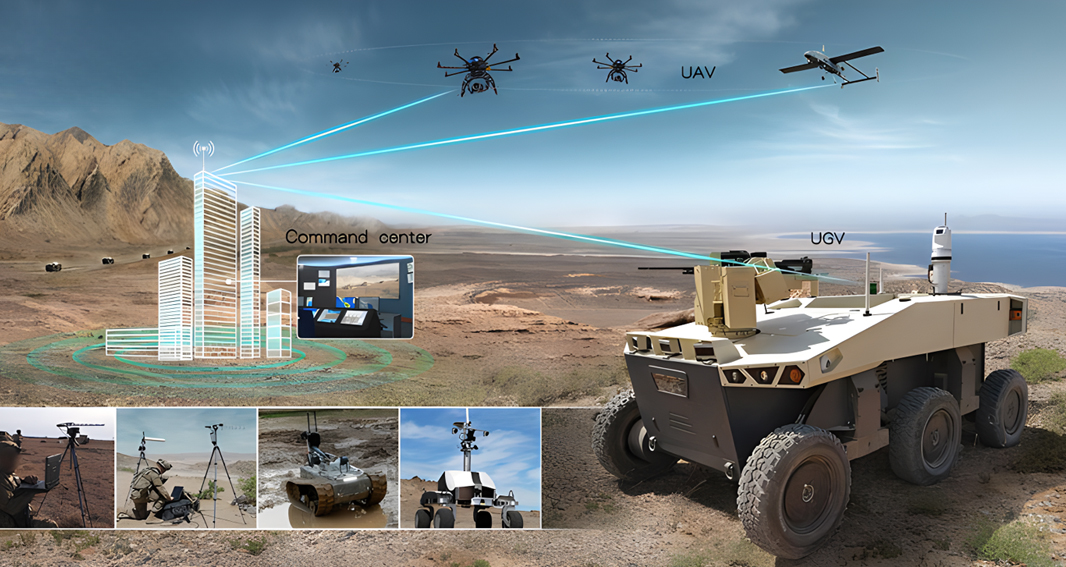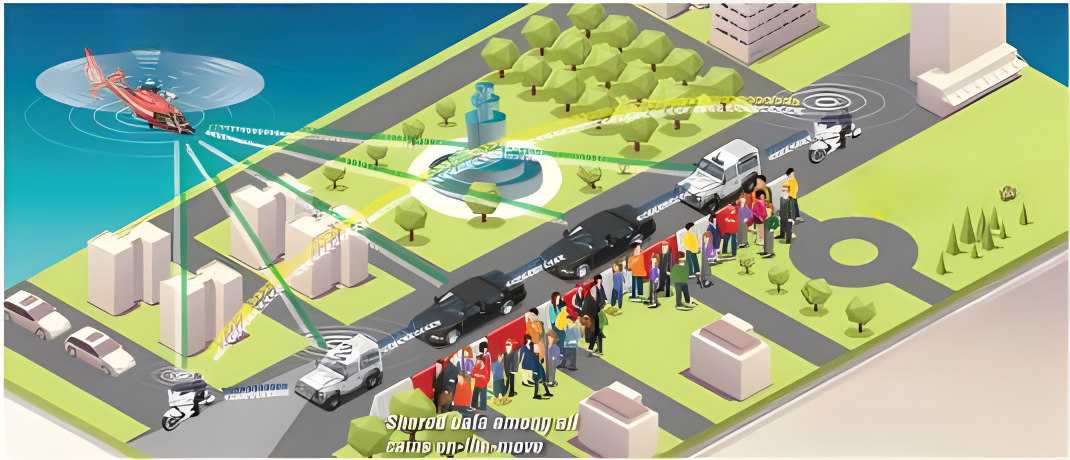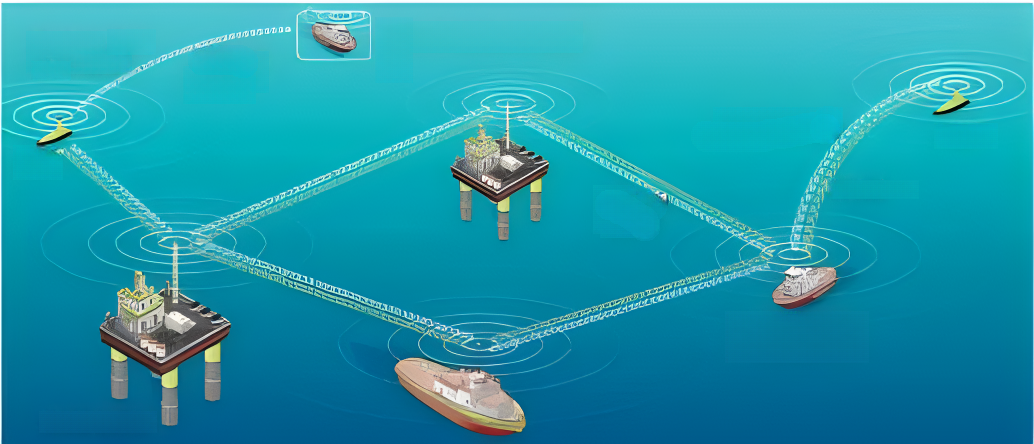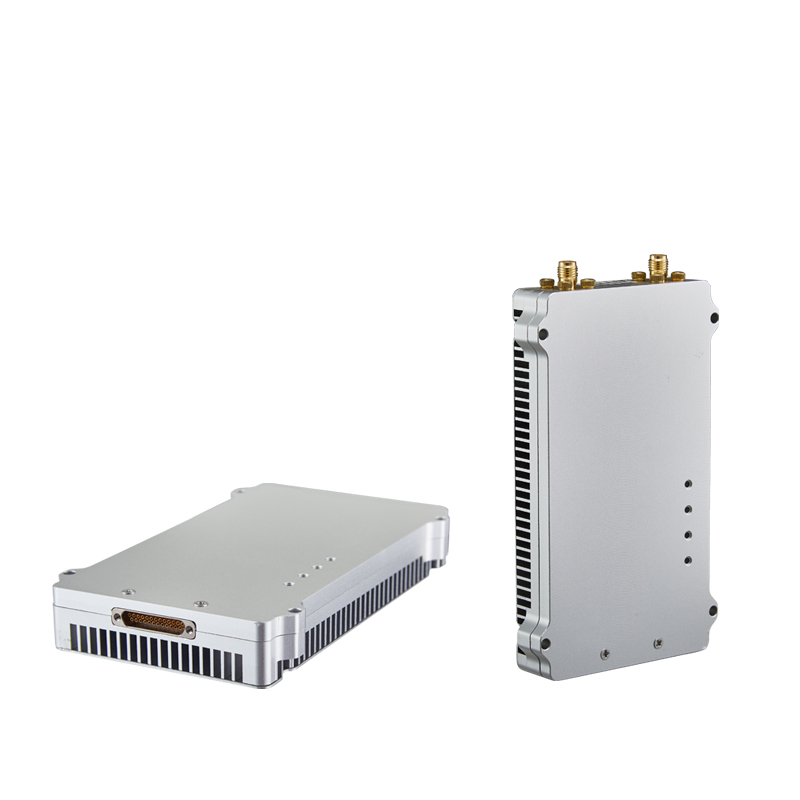Ad hoc network, a self-organized mesh network, originates from Mobile Ad Hoc Networking, or MANET for short.
"Ad Hoc" comes from Latin and means "For the specific purpose only", that is, "for a special purpose, temporary". Ad Hoc network is a multi-hop temporary self-organizing network composed of a group of mobile terminals with wireless transceivers, without any control center or basic communication facilities. All nodes in the Ad Hoc network have equal status, so there is no need for any central node to control and manage the network. Therefore, damage to any one terminal will not affect the communication of the entire network. Each node not only has the function of a mobile terminal but also forwards data for other nodes. When the distance between two nodes is greater than the distance of direct communication, the intermediate node forwards data for them to achieve mutual communication. Sometimes the distance between two nodes is too far, and data needs to be forwarded through multiple nodes to reach the destination node.

Advantages of wireless ad hoc network technology
IWAVE Wireless ad hoc network communication has the following characteristics with its flexible communication methods and powerful transmission capabilities:
● Rapid network construction and flexible networking
On the premise of ensuring power supply, it is not restricted by the deployment of supporting facilities such as computer rooms and optical fibers. There is no need to dig trenches, dig walls, or run pipes and wires. The construction investment is small, the difficulty is low, and the cycle is short. It can be deployed and installed flexibly in a variety of ways indoors and outdoors to achieve fast network construction without a computer room and at low cost. Centerless distributed networking supports point-to-point, point-to-multipoint and multipoint-to-multipoint communications, and can build arbitrary topology networks such as chain, star, mesh, and hybrid dynamic.


● Destruction-resistant and self-healing dynamic routing and multi-hop relay
When nodes move, increase or decrease rapidly, the corresponding network topology will be updated in seconds, routes will be dynamically rebuilt, real-time intelligent updates will be performed, and multi-hop relay transmission will be maintained between nodes.
● Support high-speed movement, high-bandwidth, and low-latency adaptive transmission that resists multipath fading.
● Interconnection and cross-network integration
The all-IP design supports the transparent transmission of various types of data, interconnects with heterogeneous communication systems, and realizes the interactive integration of multi-network services.
● Strong anti-interference with smart antenna, smart frequency selection, and autonomous frequency hopping
Time domain digital filtering and MIMO smart antenna effectively suppress out-of-band interference.
Intelligent frequency selection working mode: When the working frequency point is interfered with, the frequency point without interference can be intelligently selected for network transmission, effectively avoiding random interference.
Autonomous frequency hopping working mode: Provides any set of working channels within the working frequency band, and the entire network jumps synchronously at high speed, effectively avoiding malicious interference.
It adopts FEC forward error correction and ARQ error control transmission mechanisms to reduce data transmission packet loss rate and improve data transmission effectiveness.
● Security encryption
Fully independent research and development, customized waveforms, algorithms and transmission protocols. Air interface transmission uses 64bits keys, which can dynamically generate scrambling sequences to achieve channel encryption.
● Industrial design
The equipment adopts an aviation plug-in interface, which has strong vibration resistance and strictly meets the anti-vibration operation requirements of motorized transportation. It has an IP66 protection level and a wide operating temperature range to meet the harsh outdoor all-weather working environment.
● Easy operation and convenient operation and maintenance
Provide various network ports, serial ports and Wi-Fi AP, mobile devices, computers or PADs, local or remote login terminal system software, operation management and maintenance. It has real-time monitoring, GIS map and other functions, and supports remote software upgrade/configuration/hot restart.
Application
Wireless ad hoc network radio is significantly used in non-visual (NLOS) multipath fading environments, critical communications of video/data/voice
●Robots/unmanned vehicles, reconnaissance/surveillance/anti-terrorism/surveillance
●Air-to-air & air-to-ground & ground-to-ground, public safety/special operations
●Urban network, emergency support/normal patrol/traffic management
●Inside and outside the building, fire fighting/rescue and disaster relief/forest/civil air defense/earthquake
●TV broadcast wireless audio and video/live event
●Marine communications/ship-to-shore high-speed transmission
●Low-deck Wi-Fi/Shipborne Landing
●Mine/tunnel/basement connection
Post time: Mar-12-2024







